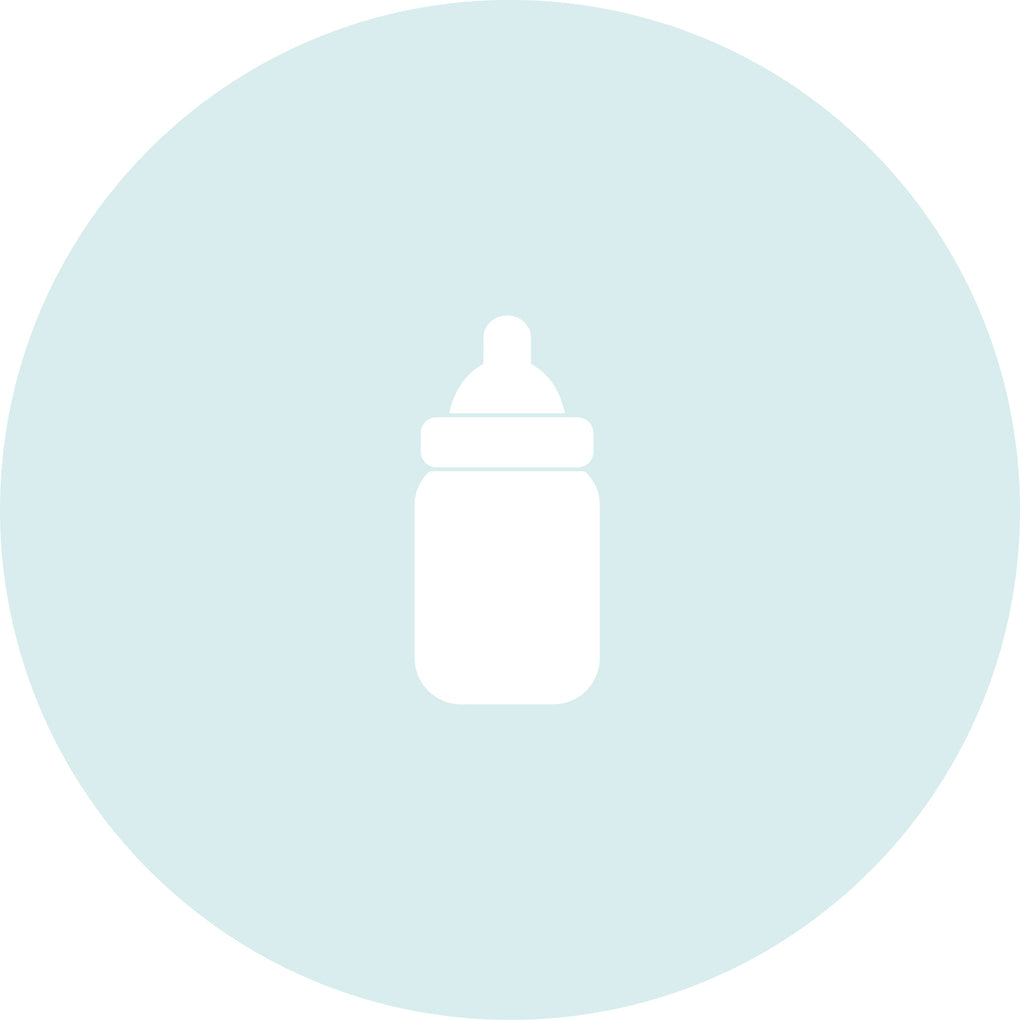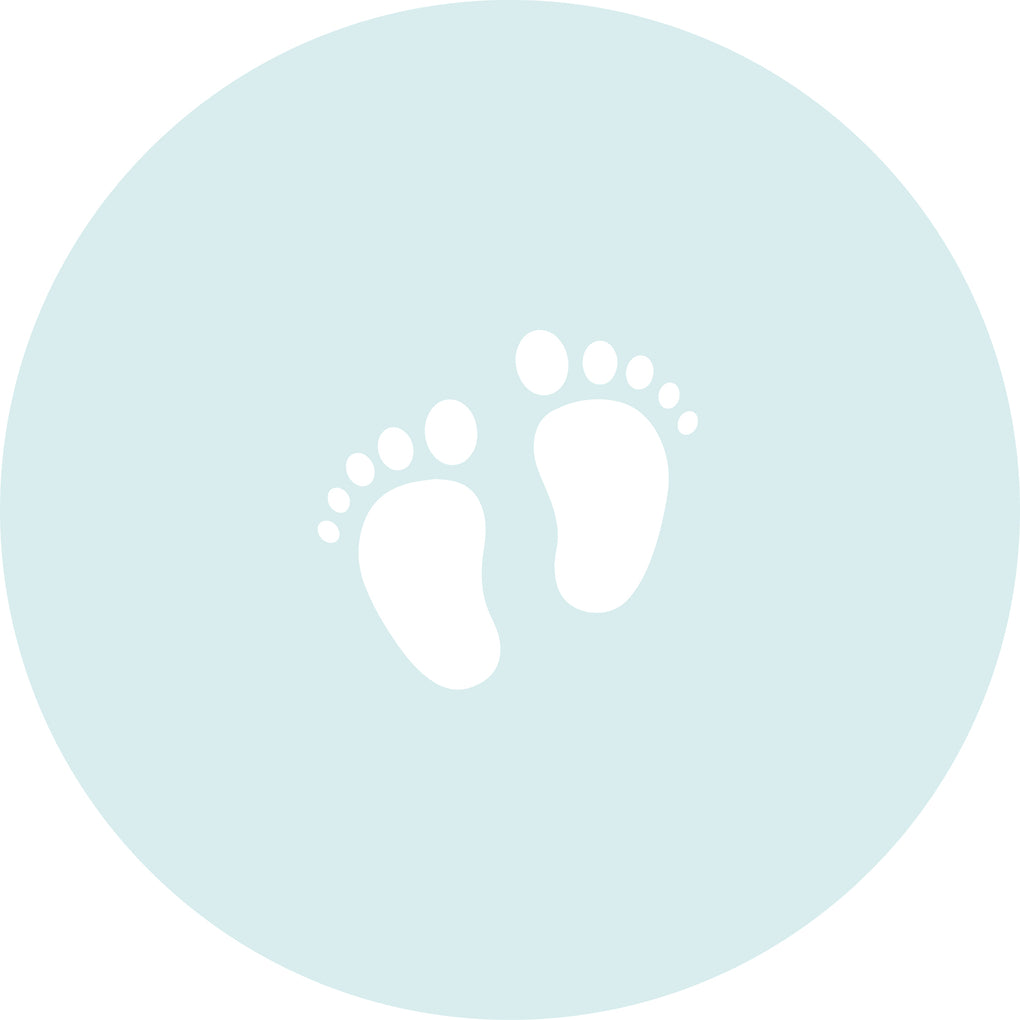There are lots of important decisions to make as a parent. Choosing the right car seat is one of them, and learning to use it correctly is just as important as buying the right one.
If you're feeling overwhelmed by the ever-evolving laws and safety recommendations around car seats, we can help. We've worked in collaboration with industry experts Axkid to gather the latest information on UK car seat laws in 2025, along with expert insights to help you make the right choice.
So whether you’re a first-time parent or looking to upgrade your current seat, read on. Here's what we'll cover:
-
What are the UK car seat laws in 2025?
-
FAQs about UK car seat law
-
Expert safety advice from Axkid
-
Our car seat advice
-
Useful resources and further reading
What Are the UK Car Seat Laws in 2025?
Understanding the law is the first step to keeping your little one safe on every journey. Below, Axkid breaks down the current UK car seat requirements and what they mean for parents.
Height, Weight and Age Requirements
The UK follows the United Nations Economic Commission for Europe (UN ECE) regulation R129, however, R44 child car seats can still be sold within the UK.
Regarding the law, you must use a restraining system and with regards to children, the law states:
- You must not carry an unrestrained child in the front seat
- Children under three travelling in a vehicle must be carried in a correct child restraint (infant carriers or child seat).
Children must use a child car seat until they’re 12 years old or 135 centimetres tall, whichever comes first. A child over 135cm in height (approx 4ft 5ins) or 12 years old must wear an adult seatbelt, in the front or rear. However, we advise using a high back booster to approximately 150cm tall.
A child car seat can be chosen based on a child’s height or weight. Under UN ECE regulation R129, height-based seats stipulate a child must be rear-facing until 15 months old. A child can use a forward-facing child car seat when they’re over 15 months old. Only EU-approved weight-based child car seats can be used in the UK. These have a label showing a capital ‘E’ in a circle and ‘ECE R44’.
Rear-Facing vs Forward-Facing Rules
The UK follows the United Nations Economic Commission for Europe (UN ECE) regulations, which permit forward-facing travel from 15 months. However, Axkid strongly recommends extended rear-facing travel for as long as possible, but a minimum of 4 years. Rear-facing car seats provide significantly better protection for a child’s most vulnerable areas: the head, neck, spine, and lower body.
Sweden follows the same regulation as the UK, but the government recommendations are clear: keep a child rear-facing to 4–5 years, and this has become their cultural norm since the 1960s. With over 60 years of real-world data, the evidence is clear that keeping children rear-facing saves lives. Vision Zero is also a Swedish initiative adopted globally, summarised in one sentence: no loss of life is acceptable.
FAQs About UK Car Seat Law
In this section Axkid answers some common questions we hear from parents who are confused about car seat law.
Do I Need a Car Seat in a Taxi or Uber?
Legally, if a driver does not provide the correct child car seat, children can travel without one – but only if they travel on a rear seat. They must wear an adult seat belt if they’re 3 years or older, but can travel without a seat belt if they’re under 3 years.
As advocates of child safety in cars, Axkid recommends always using a child car seat, even on short journeys in a taxi or Uber to ensure the safety of your little one.
Using the Front Seat: Is It Allowed?
A child car seat may be installed on the front seat as long as the airbag may be deactivated. If the airbag cannot be deactivated for any reason, then a child car seat cannot be installed on the front seat.
When Can a Child Stop Using a Car Seat?
Children must use a child car seat until they’re 12 years old or 135 centimetres tall, whichever comes first. Children over 12 years or more than 135cm tall must wear a seat belt.
Are Second-Hand Car Seats Legal in the UK?
It’s vital that little ones travel safely in vehicles, so it’s worth thinking carefully about your options when choosing a car seat. While buying second-hand is a positive choice in many areas of life, Axkid recommends avoiding second-hand car seats due to the safety uncertainties. There are several key reasons why a used seat may not offer the same reassurance as a new one.
Car seat service life
A child safety seat has an approximate service life of ten years, and Axkid recommends using the car seat for no longer than eight years from the date of purchase. A car seat may be stocked at a store for up to two years before it is sold, which is factored into the service life. If you buy a used car seat, you may not know when it was first sold or for how long it was used. Over time, the materials in the car seat can wear and degrade, so replacing the seat after eight years is the safest option.
Testing and safety evolves
Child car seat standards continue to develop and become more stringent. The requirements a seat was tested to in 2008 differ greatly from those in place today. Modern seats are manufactured to meet higher safety standards, giving you confidence that the product has undergone thorough testing.
The car seat’s history is unknown
A used car seat may have been in an accident or have unseen damage that compromises its safety. Because it’s rarely possible to know the full history of a second-hand seat, its condition can’t be guaranteed. Buying new also gives you a warranty and, in many cases, insurance cover if your seat is in an accident.
Spare parts no longer manufactured
As time goes on, older car seats may be discontinued, meaning spare parts or manuals may no longer be available. Without the correct instructions or parts, installing or maintaining the seat properly becomes more difficult. For all of these reasons, purchasing a new car seat gives peace of mind that it meets current standards and is safe to use.
Can My Child Use a Booster Seat?
When it comes to car safety for children, parents should be mindful of every stage of their child’s growth and development. One of the most important decisions is when to transition a child from a rear-facing car seat to a high-back booster seat. A high-back booster seat is an important piece of safety equipment, and parents should consider several factors, including the child’s weight, height, and age.
It is safest for children to remain in a rear-facing car seat for as long as possible, moving to a booster seat only when they have outgrown the height and weight limits of the car seat. Ideally, a child will stay rear-facing for as long as possible, and if the seat allows, this could be until around 6–7 years of age.
To ensure that the booster seat fits correctly, parents can follow the six guidelines outlined below.
1. Stay rear-facing for as long as possible
Paediatricians and safety experts recommend that children remain rear-facing for as long as possible. Rear-facing car seats protect the child’s head, neck, and spine in a crash. This position is especially crucial for babies and children up to 6-7years, whose head will account for a more significant percentage of their overall weight.
2. Back against the booster seat
When the child is ready for a booster seat, it is crucial to ensure they are seated correctly. The child should sit with their back against the booster seat, with no slouching or leaning forward. This position helps the booster seat provide appropriate protection for the child in the event of an accident.
3. Knees bend at the edge of the seat
The child’s knees should bend at the edge of the booster seat. If the child’s knees are not able to bend, the seat is too deep and may not provide adequate protection in an accident. Parents may need to consider allowing their child to remain rear-faced for longer or if needed choose a booster seat with a shallower seating area for their child.
4. Lap belt on top of thighs, not over the soft stomach
The lap belt should rest on top of the child’s thighs, not over their soft stomach. This position ensures that the child’s hips and pelvis, which are more durable than their abdomen, absorb the force of an impact.
5. Shoulder belt between the neck and shoulder
The shoulder belt should fit snugly between the child’s neck and shoulder, without touching their neck or sliding off their shoulder. If the shoulder belt does not fit correctly, parents may need to choose a booster seat with an adjustable shoulder belt.
6. Sits properly. No slouching, no playing with seatbelts, etc
The child should sit upright in their booster seat, with no slouching or playing with the seat belt. If the child is not sitting correctly, they may not be adequately protected in the event of an accident.
In summary, when it comes to car safety for children, parents must choose the appropriate seat based on their child’s age, weight, and height. While transitioning from a rear-facing car seat to a high-back booster seat, parents should follow the six guidelines to ensure that their child is seated correctly and adequately protected in the event of an accident.
Expert Safety Advice from Axkid
Axkid is a trusted leader in child car safety. Below, they share why extended rear-facing travel is so important and what their latest research has found.
Why Axkid Recommends Extended Rear-Facing
Axkid’s strong recommendation for extended rear-facing travel is grounded in extensive safety research and a deep understanding of child anatomy.
Rear-facing seats spread collision forces more evenly across a child’s back, which is one of the strongest parts of their body. This helps to reduce the strain on the neck, head, and internal organs and lowers the risk of injury.
And because children’s heads are proportionally larger than their bodies, their necks are more vulnerable in an impact. Rear-facing seats support the head, neck, and spine together, helping to reduce movement and the risk of whiplash compared to a forward-facing seat.
Young children also have softer bones and cartilage, so a 5point harness in a rear-facing seat helps keep them secure and reduces the chance of sliding under the lap belt. Rear-facing shells also offer more protection in both frontal and side impacts.
For these reasons, Axkid recommends keeping children rear-facing from birth to at least age 4 and ideally for as long as the seat allows, which could be until around age 7.
What Did Axkid’s 2025 Car Seat Safety Report Find?
Axkid’s 2025 report reveals important insights into how parents in different countries use car seats and how guidance can improve child safety.
Here's a summary of what the report discovered:
There are significant differences in how parents in the UK and Sweden use child car seats and when they move their children to forward-facing travel. In Sweden, 96% of children under 2 always travel rear-facing, compared to just 69% in the UK. Among children aged 2–3, 83% remain rear-facing in Sweden, while only 22% do in the UK. The report highlights that Swedish national guidance recommends rear-facing travel until at least age 4, which has become a cultural norm. In contrast, the UK’s lack of similar recommendations leads many parents to transition earlier, often aligning with the 15month legal minimum.
The study also revealed that 44% of UK parents are unsure when a child can safely use a forward-facing seat, and 11% mistakenly believe it is safe before 15 months. While most parents report knowing the law, nearly 1 in 5 still find the rules confusing.
The findings underline that clear national guidance and parental education make a real difference, and Axkid encourages policymakers and parents to to treat extended rear-facing as the safest option rather than just a legal requirement.
Get Car Seat Advice from Natural Baby Shower
At Natural Baby Shower, we’re here to help you find the safest and most practical car seat for your little one. Whether you want hands-on support in store or prefer to browse at home, we have a range of expert resources to guide you.
Free Car Seat Fitting and Support
We offer a free in-store fitting service to help you choose the right seat and learn how to install it correctly. Our team can check your car for compatibility and show you how to fit the seat safely. Book your free fitting here.
Our Expert Buying Guide for Car Seats
Need help deciding which seat to choose? Our ultimate buying guide explains the different types of seats, key safety features, and tips for every age and stage. Read the full guide here.
Summary: What UK Parents Need to Know About Car Seat Law in 2025
We hope this guide has been useful in clarifying your understanding. Here’s a roundup of the key information you need to keep your little one safe in the car:
- Children must use a car seat until they are 12 years old or 135cm tall, whichever comes first
- Rear-facing is legally required until 15 months but is safest for as long as possible, ideally up to age 4 or more
- Always check the seat’s height and weight limits before switching to forward-facing or a booster seat
- The safest position for a car seat is usually the back seat, away from active airbags
- Avoid second-hand car seats unless you know their full history
- Free car seat fitting is available in-store at Natural Baby Shower





















